Targas and Spyders
Many owners want to express their individuality onto their cars. This is not traditionally so popular with Enzo-era V-12 Ferrari because of the potential negative effect on value -- one man's personal touch is often another man's abomination. Even so, the 365 GTC/4 has been the object of a few conversions, including cabriolet (spyder), targa, and even station wagon mods. The first known cabriolet conversion was made by Luigi Chinetti Jr. in 1981 and a second one was completed in early 1984 by Mike Sheehan's European Auto Restoration in Costa Mesa, CA. Claudio Zampolli's Italia Sports Cars of Sherman Oaks, CA converted at least three 365 GTC/4s into cabriolets or targas. The contours of the body practically dictate where the new deck for the cabriolet must be. Some conversions (such as by Claudio Zampolli) use a canvas or vinyl snap-on top boot while others have a more sophisticated fold-up hard tonneau cover. Often the cabriolet conversions are combined with other modifications such as custom upholstery, painted bumpers, woodgrain instruments, and decklid spoilers.
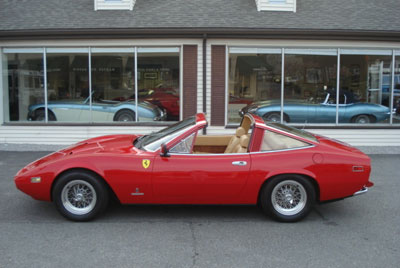
Targa conversion s/n 15213
Willy Felber Cars
In cooperation with the Italian design firm Michelotti, the Swiss Willy Felber made two custom cars, both based on the single 365 GTC/4 s/n 16017. In 1976 16017 was rebodied by Felber as the Michelotti-designed "Beach Car" and subsequently shown at the 1976 Geneva Salon. This body was then removed and replaced by Felber with a brown "shooting brake" body with a white roof (not to be confused with the blue "Croisette" body Felber installed on 365 GT4 2+2 s/n 18255). After showing the car with the shooting brake body at Geneva in 1977, Felber reinstalled the Beach Car body. 16017 still exists today in beach car configuration and has been seen at shows and auctions in and around Switzerland with gold paint and blue interior. All records indicate that it has never left the Switzerland area and that the current owner thinks it is worth much more than the market thinks. According to W.H. Felber's Classic Car site:
the "Sheikh of Qatar asked for them to build a beach car. ...the vehicle was to some extent the fun version of a Ferrari. The two-seater car had neither roof nor doors and transferred the concept of the buggies to larger dimensions".
Unfortunately, the Sheikh portion (Sheikh Al Tahani) of this story is almost certainly incorrect. The beach car shown in 1976 was built on spec and not for any Sheikh. Besides, it was rebodied in 1977 into the shooting brake. It is possible that a Sheikh later (circa 1981) commisioned a shooting brake from Felber based on having seen the 1977 show car but 16017 was not that car. The site also claims the basis for the car was a Daytona Spider, which is again incorrect. Beware marketing materials from car customizers.
It is more common for rich Middle Easterners to commission shooting brakes than "beach cars". Unfortunately, the 1977 Felber shooting brake body was destroyed when the car was rebodied back into the beach car. Car and Driver covered a number of Ferrari shooting brake (or "station wagon") conversions in this article.
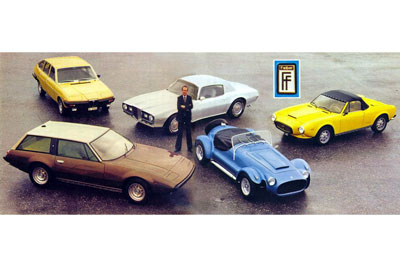
Willy Felber and his cars circa 1977
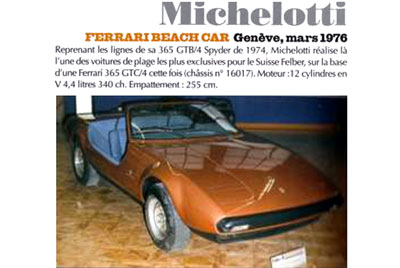
Felber Beach Car Michelotti Ad circa 1976
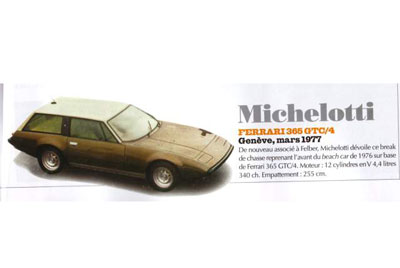
Felber Shooting Brake Ad circa 1977
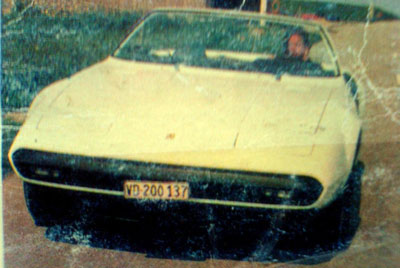
Felber Beach Car in white
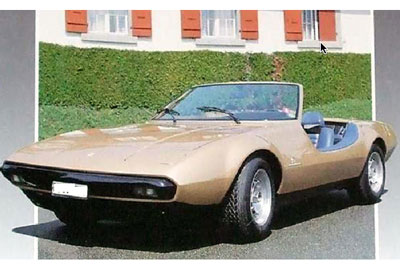
Felber Beach Car s/n 16017
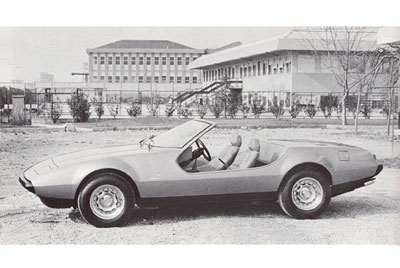
Felber Beach Car s/n 16017 circa 1976
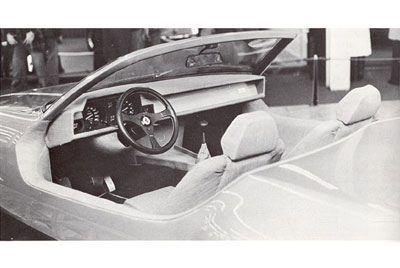
Felber Beach Car Dash s/n 16017
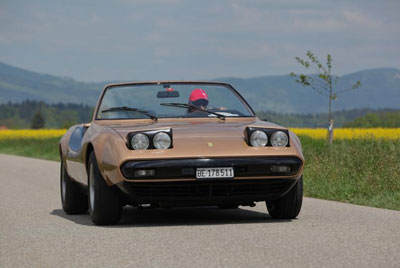
Felber Beach Car s/n 16017 at 2014 Concorso d'Eleganza Italiauto in Switzerland
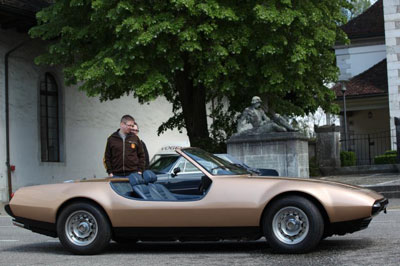
Felber Beach Car s/n 16017 at 2014 Concorso d'Eleganza Italiauto in Switzerland
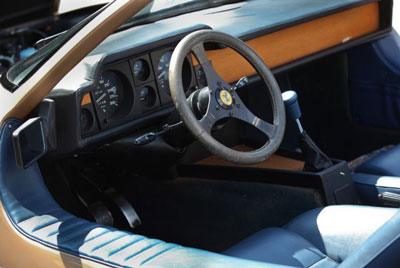
Felber Beach Car s/n 16017 at 2014 Concorso d'Eleganza Italiauto in Switzerland
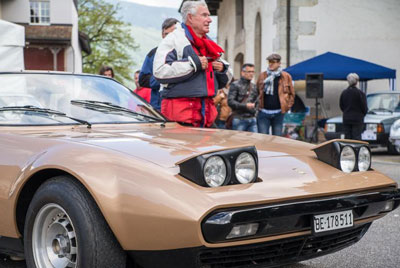
Felber Beach Car s/n 16017 at 2014 Concorso d'Eleganza Italiauto in Switzerland
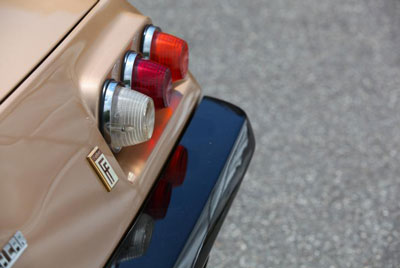
Felber Beach Car s/n 16017 at 2014 Concorso d'Eleganza Italiauto in Switzerland
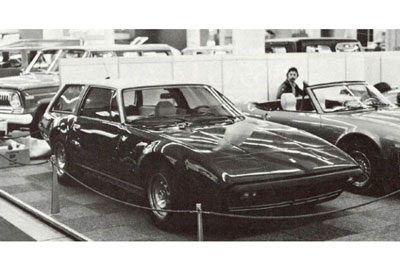
Felber Shooting Brake s/n 16017 circa 1977
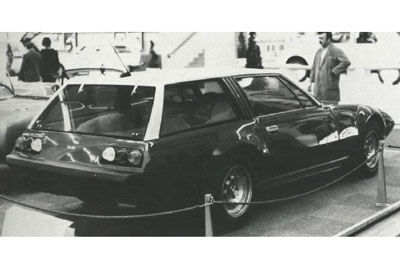
Felber Shooting Brake s/n 16017 circa 1977
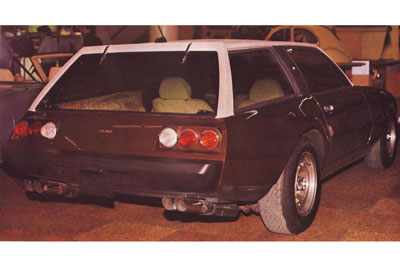
Felber Shooting Brake s/n 16017 circa 1977
Other Custom Touches
A much less severe custom touch that is quite popular is painting the front bumper in body color. Inexplicably, a number of owners have covered their console and instruments with wood grain applique. One of the least significant but popular modifications is to paint the lower front valence matte black to match the rear of the car and take some attention away from the duct work under the front bumper.
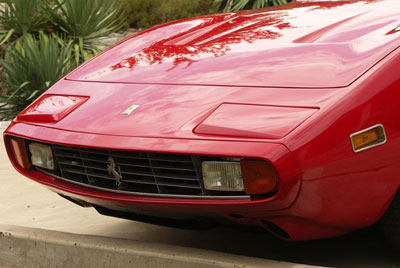
Custom body-color bumper s/n 15355
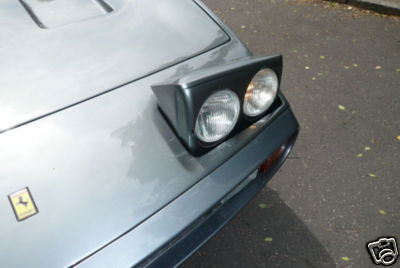
Custom body-color bumper s/n 15695
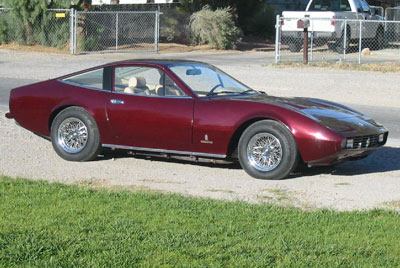
Custom body-color bumper s/n 15765
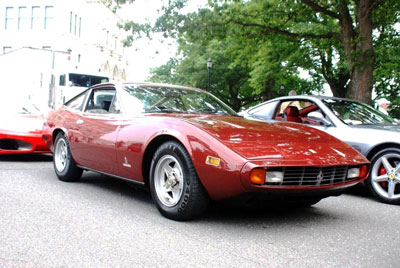
Custom body-color bumper s/n 14953
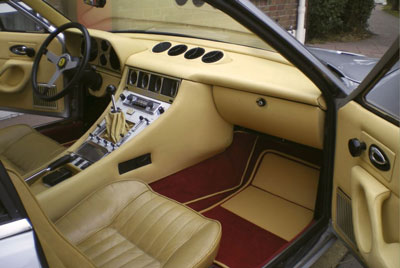
Leather dash, aluminum speaker grills s/n 14579
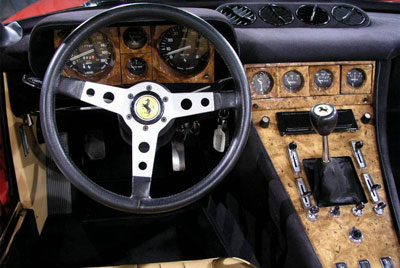
Custom wood applique s/n 15713
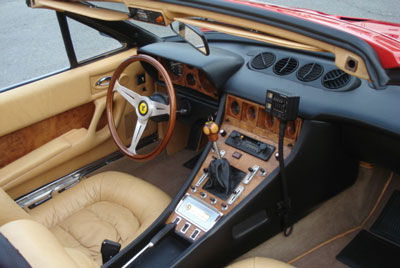
Custom wood, targa, seats, radio, header, etc. s/n 15213
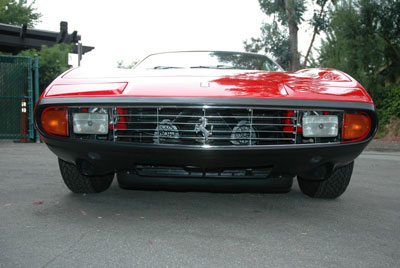
Black lower valance s/n 15505
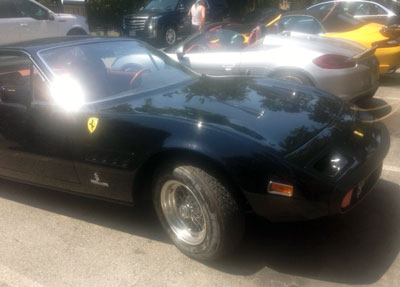
Highly modified body vents, SF shields, fixed headlights, etc s/n unknown
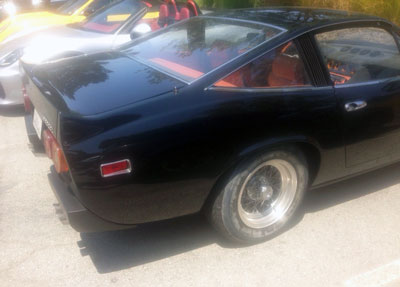
Highly modified body, spoiler, boxer bumpers, etc same s/n unknown
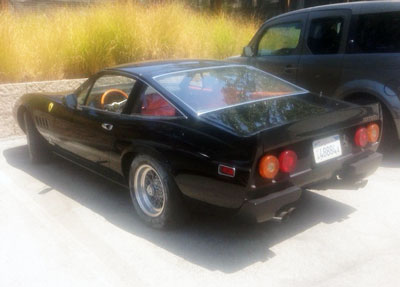
Highly modified body, two boxer taillights, bumpers, etc same s/n unknown
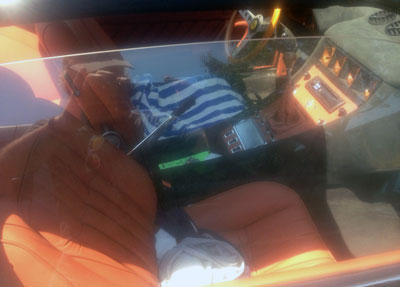
Woodgrain, custom door panels, etc same s/n unknown
One example of a successful custom 365 GTC/4 is s/n 14837. Finished in a shade of Azzuro metallic, the car has undergone significant customization in bodywork, interior, and mechanicals. The front of the car has been heavily modified by removing the black front bumper and creating an entirely new nose that eliminates the pop-up headlights in favor of a custom grill with headlight openings and small turn signal indicators. Moving back along the car one finds that the side marker lights have been shaved, 3 polished metal "strakes" have been added to each hood scoop, and side vents have been cut into the front fenders. Custom side mirrors have been added to each door and a tasteful flaring of the front and rear fenders allows for wider wheels and tires. The rear of the car was also substantially modified. The rear bumper was completely removed, the tailpipes shortened and the center panel modified and painted in body color. A small rear kick-up was molded into the trunk lid and rear quarter panels and the body accent lines sharpened.
The interior was changed by adding 550 Maranello seats and removing the rear seats altogether. A rear package shelf was created to fill the rear seat area. This makes the C/4 into a true 2-seat sports car like the Daytona. The console sides were covered in seat leather and custom door panels were created by Prestige Upholstery in Van Nuys, CA. They use parts from a 550 and move the interior door latch onto the armrest. A more modern steering wheel and a larger shift ball add to the enhanced driving experience.
Mechanically, this Ferrari 365 GTC/4 has been specially modified by Carobu Engineering. The modifications include a 5.0 liter C/4-412i hybrid engine, Brembo GT "Big Brake" kit, 17" Razzo Rosso wheels and height adjustable suspension with 300-lb front and 200-lb rear springs. The 17x8-inch front and 17x10-inch rear Razzo Rosso wheels carry 235/50-17 front and 285/40-17 rear tires. Following break-in and tuning, this engine produced maximum power of 410 HP at 6,400 rpm and maximum torque of an amazing 385 lb-ft at 4,500 rpm. In August 2009 Forza Issue 95 featured an article on 14837.
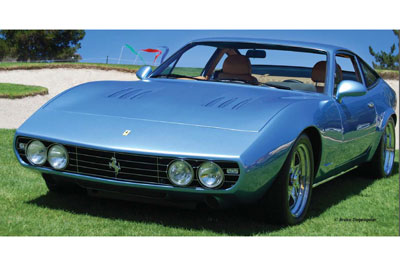
Custom 365 GTC/4 s/n 14837
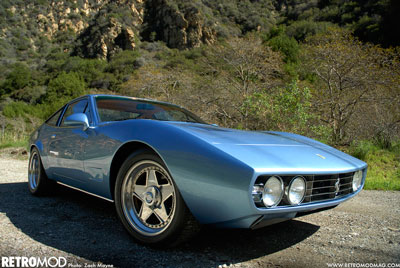
Custom 365 GTC/4 s/n 14837
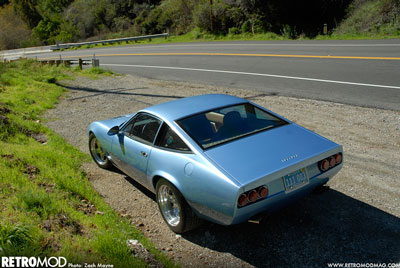
Custom 365 GTC/4 s/n 14837
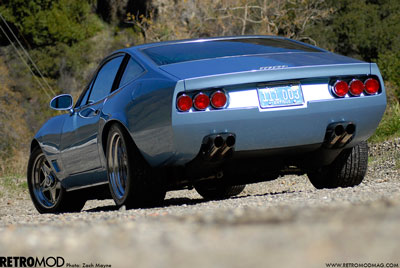
Custom 365 GTC/4 s/n 14837
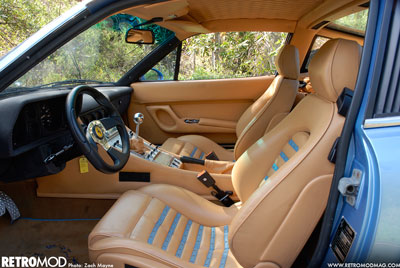
Custom 365 GTC/4 s/n 14837
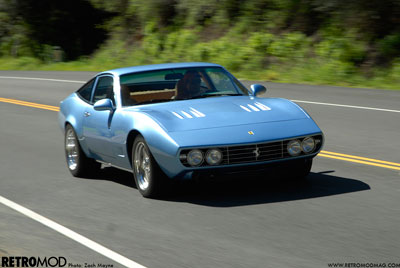
Custom 365 GTC/4 s/n 14837
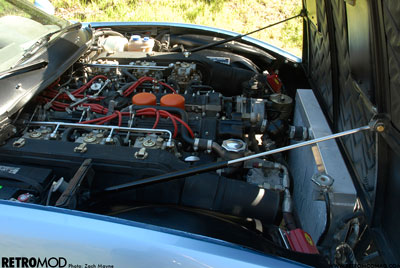
Custom 365 GTC/4 s/n 14837
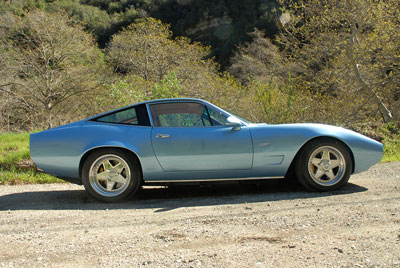
Custom 365 GTC/4 s/n 14837
While sporting fewer modifications than 14837, another well done custom 365 GTC/4 is s/n 15869. It is a spyder conversion by Carrozzeria Auto Sport in Bastiglia, near Modena, a company whose experience stretches back to 1972, when it was founded under the name Bacchelli & Villa. Before then, Franco Bacchelli was an understudy to Piero Drogo in the 1950s; Roberto Villa worked at Scaglietti. It strikes an elegant pose in its very dark Blu Ortis paint with red seats and blue top and carpet. Gills in the front fenders are a custom touch also seen in another, less elegant, spyder conversion (s/n unknown) shown below.
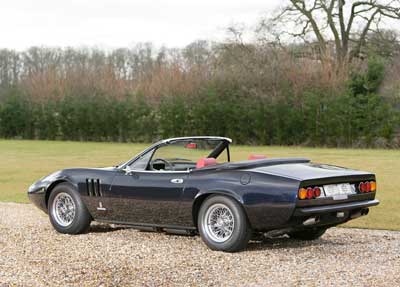
Custom 365 GTC/4 spyder s/n 15869
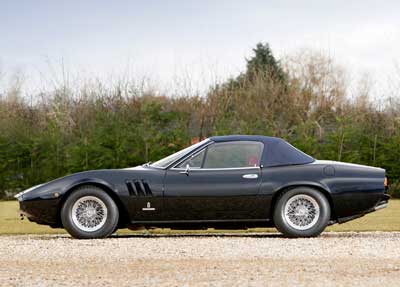
Custom 365 GTC/4 spyder s/n 15869
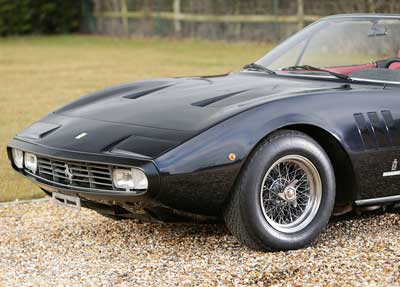
Custom 365 GTC/4 spyder s/n 15869
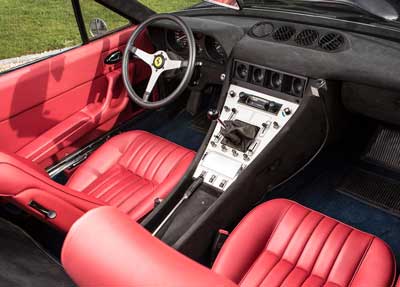
Custom 365 GTC/4 spyder s/n 15869
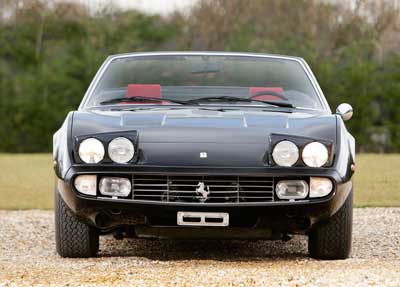
Custom 365 GTC/4 spyder s/n 15869
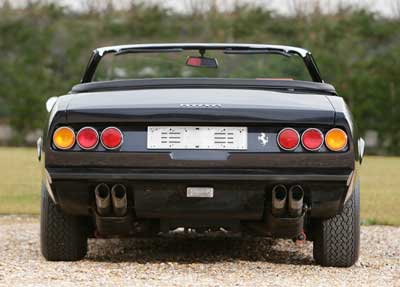
Custom 365 GTC/4 spyder s/n 15869
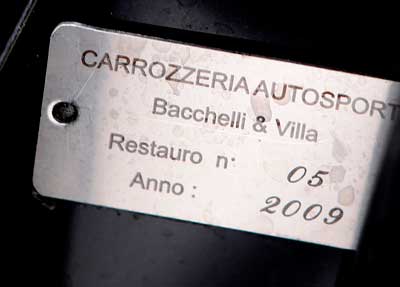
Carrozzeria Auto Sport in Bastiglia number plate s/n 15869
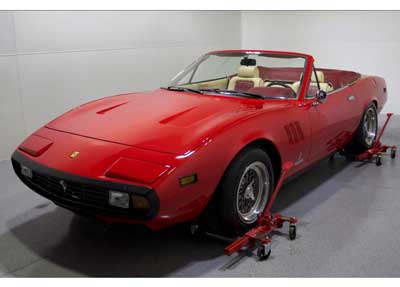
Custom 365 GTC/4 gilled spyder s/n Unknown
Fallen Friends
Most of the 500 365 GTC/4s built by Ferrari still survive today. The cars are well built, don't have major rust issues, have always been expensive, and are generally well taken care of. That being said, unfortunately we've lost a couple to wrecks and neglect. It takes a lot to give up on a car worth hundreds of thousands of dollars so 15617 was repaired and 15493 has been for sale and may make it back on the road again someday yet. 15885 was hit and caught fire and has since been parted out.
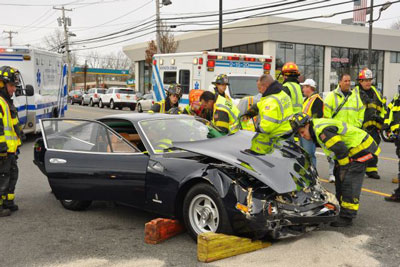
Crash in Long Island, Nov 2012 s/n 15617
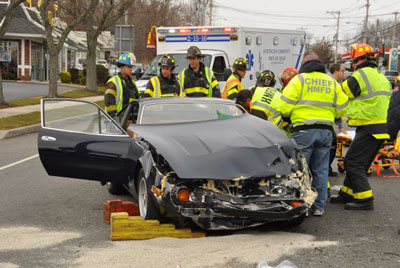
Crash in Long Island, Nov 2012 s/n 15617
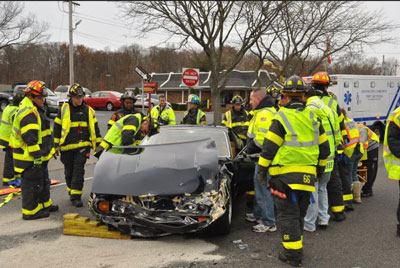
Crash in Long Island, Nov 2012 s/n 15617
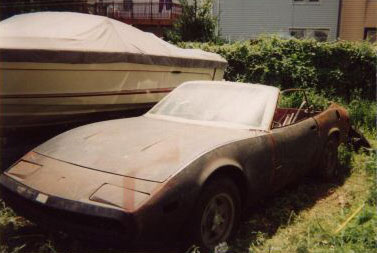
Rusty, cut up, and abandoned s/n 15493
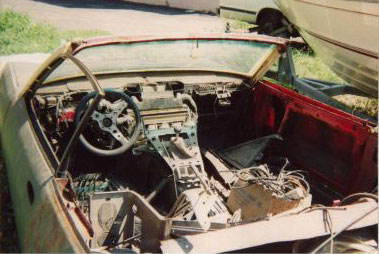
Rusty, cut up, and abandoned s/n 15493
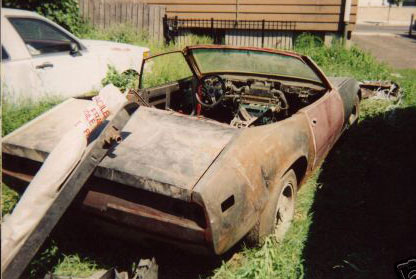
Rusty, cut up, and abandoned s/n 15493
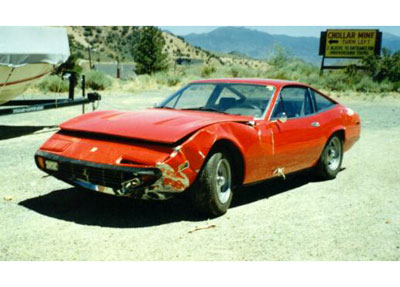
Crashed at the Virginia City Hillclimb June 21, 1997 s/n 15763
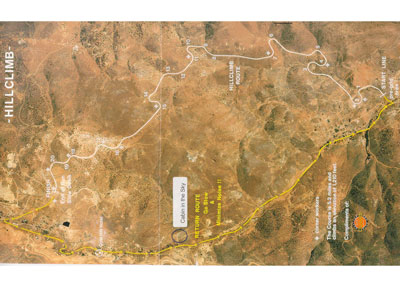
At the hillclimb drivers race against the clock on Nevada Route 342, a twisty 5.2 mile 21-turn road that curves its way up 1,210 feet of elevation.
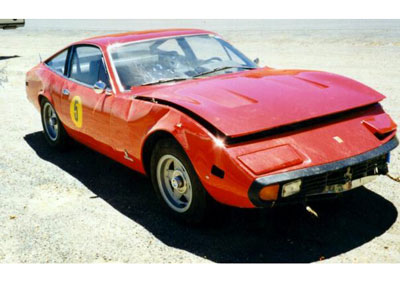
Crashed into the hill and went over the edge 50-100 feet (driver safe) s/n 15763
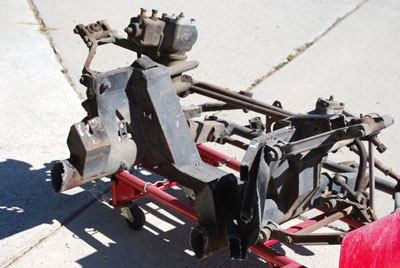
Salvaged frame section s/n 15885
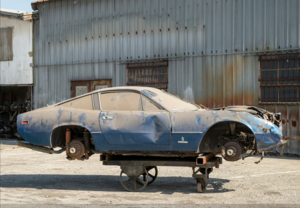
Front end wreck s/n 15633
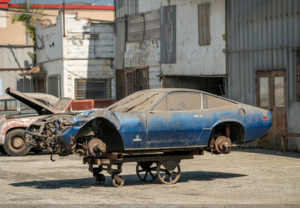
Front end wreck s/n 15633
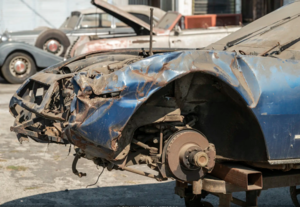
Front end wreck s/n 15633